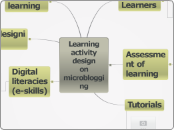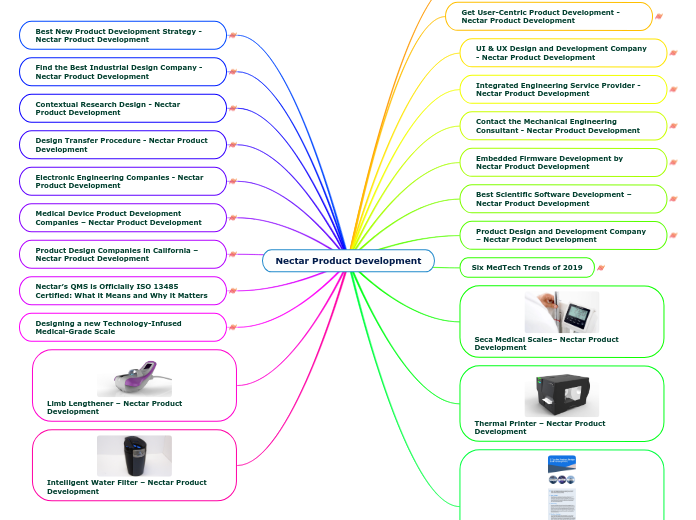par Diego Patiño Il y a 3 années
224
Central topic
The primary focus is on creating a comprehensive curriculum designed to train undergraduate teachers to master and improve English language teaching. It emphasizes the importance of three key elements:









